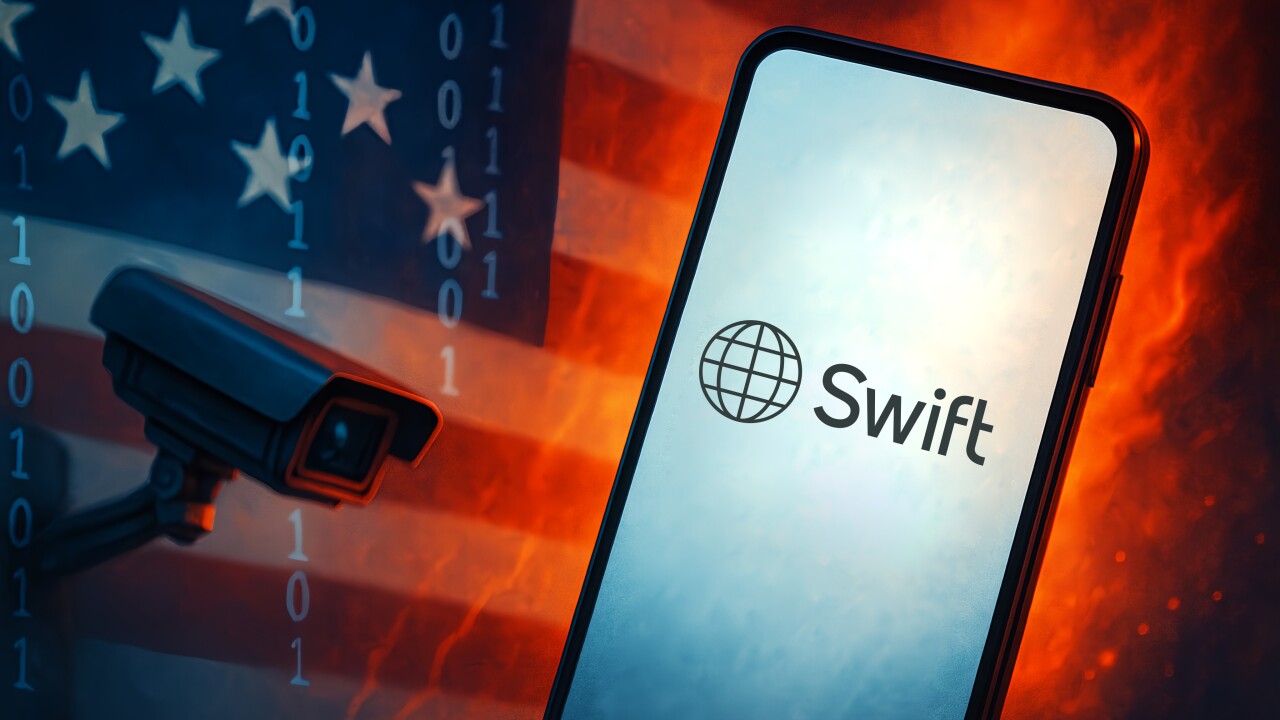-
Two years after the federal government became a direct lender to students, the time might be right for small banks to start making private student loans. Still, there are plenty of potential legislative and regulatory headwinds.
April 2 -
U.S. Bancorp is pulling out of the private student loans market, as banking regulators step up their scrutiny of the products. JPMorgan Chase is also cutting back on student lending.
March 30 -
Surveys show that what Americans want most is a good job, no surprise there. Over the last few decades, the best jobs have been in the public sector and those requiring a college degree. But the productivity of a growing public sector already suffers from rising costs and diminishing returns that impede economic growth, as in Greece where public sector employment doubled in the last decade or in Spain, where youth unemployment is 50%.
April 3
Two years after the federal government largely took over the student loan market, the remaining banks in the industry are bracing for another shakeup.
Today fewer private lenders are competing for pieces of a smaller market, as some of the biggest banks have sold, shuttered or slimmed down their student loan businesses. Those who remain are now facing increased regulatory scrutiny over student loan default rates and borrowers' overall debt levels.
That scrutiny already appears to have helped hasten the exit of some remaining private student lenders. Last month U.S. Bancorp (USB) said that it was pulling out of the student loan market, while JPMorgan Chase (JPM) is dramatically
"It's a competitive space and I think it's a good thing," says Steve Olszewski, a senior vice president of student loans for Discover. "It has weeded out the players not committed to the space."
Discover is not alone finding a silver lining in the regulatory cloud. Other dominant private student lenders include Wells Fargo (WFC) and Sallie Mae (SLM). Those big lenders may also have some new competition from community banks, which are
The size of the federal loan market is about $100 billion annually, but banks originated just between $7 billion and $8 billion in private loans last year, down from about $22 billion during the peak of 2006, according to estimates from Kirk Bare, the head of Wells Fargo's education financial services unit. That dropoff came after the federal government eliminated its Federal Family Education Loan Program in 2010, ending subsidies for loans originated by private lenders.
Now private lenders of all sizes are still waiting to see how banking regulators and other policymakers reshape the market again.
The Consumer Financial Protection Bureau is putting together a report, due in July, on student lenders' practices. Illinois Sen. Richard Durbin is making a strong push to allow private student loans to be discharged in bankruptcy, an idea that is fiercely opposed by the banking industry. And President Barack Obama in January announced his plan to expand the Federal Perkins Loans Program, from $1 billion to $8 billion, which could further chip away at banks' business by expanding the availability of lower-cost federal loans to students.
The CFPB so far has focused mostly on collecting data about student lenders' practices, but bankers and other industry members are bracing for greater scrutiny.
"I would think the CFPB will be looking very closely at those programs," says Kevin Petrasic, a partner with the law firm Paul Hastings and a former official at the Office of Thrift Supervision.
Other analysts say the Durbin proposal presents the biggest threat to banks' student lending operations.
"It's very hard to get student loans discharged in bankruptcy … and that's one of the reasons why students loan are cheaper than credit card debt, and why it makes collectability much higher," says Scott Valentin, managing director for FBR Capital Markets & Co.
Mark Kantrowitz, publisher of FinAid.org, a financial planning Web site for student borrowers, says banks also need to pay attention to Obama's push to expand the Perkins loan allotment. He points out that the proposed $7.5 billion increase represents roughly the entire private loan business. If that expansion takes place, more student borrowers could migrate to the less expensive Perkins loans, rather than continuing to use private bank products.
"It quite clearly … is attacking the private loan industry," he says.
Much of the current discussion of the student loan industry has been fed by concerns over rising default rates, and the eye-popping statistic that Americans now owe more than $1 trillion in student debt. Bankers have tried to disassociate themselves from those statistics, arguing that private student loans have stricter underwriting practices and lower default rates than the federal loans that make up the vast majority of the market.
"We do not see a private student loan bubble," says Sallie Mae spokeswoman Martha Holler, adding that the lender's charge-off rate has dropped from 5.4% in September 2010 to 3.5% in December 2011.
That marks a sharp contrast from losses on government loans. The Department of Education in September said that 8.8% of its borrowers were in default – the highest level since 1997.





